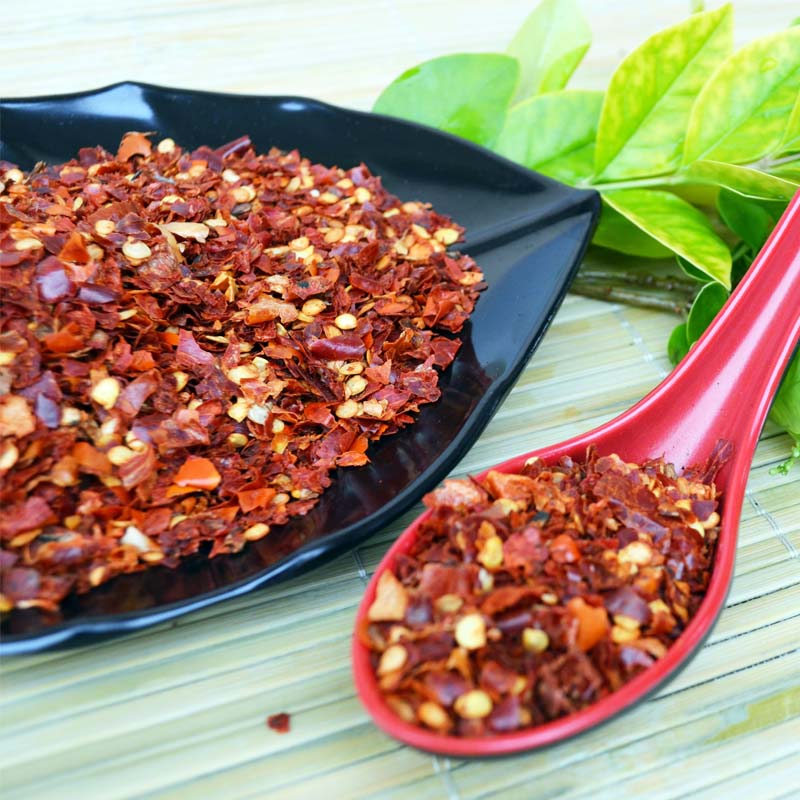- No. 268 Xianghe Street, Economic Development Zone of Xingtai city, Hebei 054001 China
- Byron@hbhongri.cn
Exploring the Versatile Uses of Spicy Red Pepper Powder in Cooking
The Vibrant World of Red Pepper Powder
Red pepper powder, often recognized for its fiery flavor and brilliant color, has secured its place as a staple ingredient in kitchens around the globe. Known by various names—such as chili powder, cayenne pepper, or paprika—the versatility of this spice not only enhances culinary dishes but also carries a rich tapestry of cultural significance and health benefits.
Originating from the Capsicum genus, red pepper powder is derived from dried and ground red peppers. These peppers come in several varieties, each offering a unique taste, heat level, and culinary application. For instance, cayenne pepper is known for its intense heat, while paprika, which is made from sweeter varieties of capsicum, provides a mild flavor along with a vibrant color. The choice of red pepper powder can significantly influence the character of a dish, making it a valuable ingredient for chefs and home cooks alike.
Historically, red pepper powder has been embraced in various cuisines around the world. In Mexican cooking, it serves as a foundational element in salsas and mole sauces, bringing depth and warmth. Indian cuisine frequently employs red pepper powder to add spice to curries and chutneys, where it is often paired with a cacophony of spices like cumin, coriander, and turmeric. Meanwhile, in Eastern European kitchens, paprika is used not just for flavor but also for its rich hue, transforming dishes like goulash and deviled eggs into visual masterpieces.
Beyond its culinary applications, red pepper powder is revered for its health benefits
. The active component in red peppers, capsaicin, is known for its anti-inflammatory properties and has been linked to various health benefits, including pain relief and improved metabolism. Adding red pepper powder to meals can contribute to cardiovascular health by improving circulation and potentially lowering blood pressure. Additionally, its rich vitamin A content supports vision and immune function, making it a nutritious addition to any diet.red pepper powder

Incorporating red pepper powder into your diet is remarkably simple. It can be sprinkled over roasted vegetables, stirred into soups and stews, or blended into marinades for meats. For those who prefer a milder flavor, a small pinch can elevate a dish without overwhelming the palate, while spice enthusiasts can indulge in generous amounts to create a bold explosion of flavor. Furthermore, red pepper powder can also be used as a seasoning for popcorn, which transforms a simple snack into a zesty treat.
While the flavor profiles of red pepper powder are vast, cultural contexts can influence its use and perception. In some cultures, the spice embodies warmth and hospitality, while in others, it symbolizes strength and vitality. This diversity of interpretation fosters a fascinating dialogue about food and spice, bridging gaps between traditions and techniques across borders.
However, when using red pepper powder, it is important to consider personal spice tolerance levels. Some individuals may experience digestive discomfort or other adverse effects from consuming spicy foods. Therefore, those unfamiliar with spicy cuisine may wish to start with smaller amounts and gradually increase their intake as they become accustomed to the heat.
In conclusion, red pepper powder is much more than a mere spice; it is a portal to exploration, creativity, and health in the culinary world. Its versatility, vivid color, and unique flavor contribute significantly to many dishes, while its health benefits offer an added incentive to incorporate it into our diets. From the rich, bold flavors of Mexican and Indian cuisines to the sweet warmth of Eastern European dishes, red pepper powder connects us all through a shared appreciation of flavor, culture, and nourishment. So whether you are a novice cook or an experienced chef, embracing this vibrant ingredient can take your culinary adventures to new heights, inviting a world of flavors into your kitchen.
-
Turmeric Rhizome Powder: A Golden Treasure from Roots to TableNewsJul.28,2025
-
The Versatile Application Of Crushed Red Hot Peppers: Lighting Up The Red Flames On The Dining TableNewsJul.28,2025
-
The Paprika: A Touch Of Vibrant Red In Color, Flavor, And CultureNewsJul.28,2025
-
Ground Turmeric: A Modern Examination of an Ancient SpiceNewsJul.28,2025
-
Capsicum Liquid Extract: Features, Applications, and ChallengesNewsJul.28,2025
-
Application of Capsicum Liquid Extract in FoodNewsJul.28,2025







